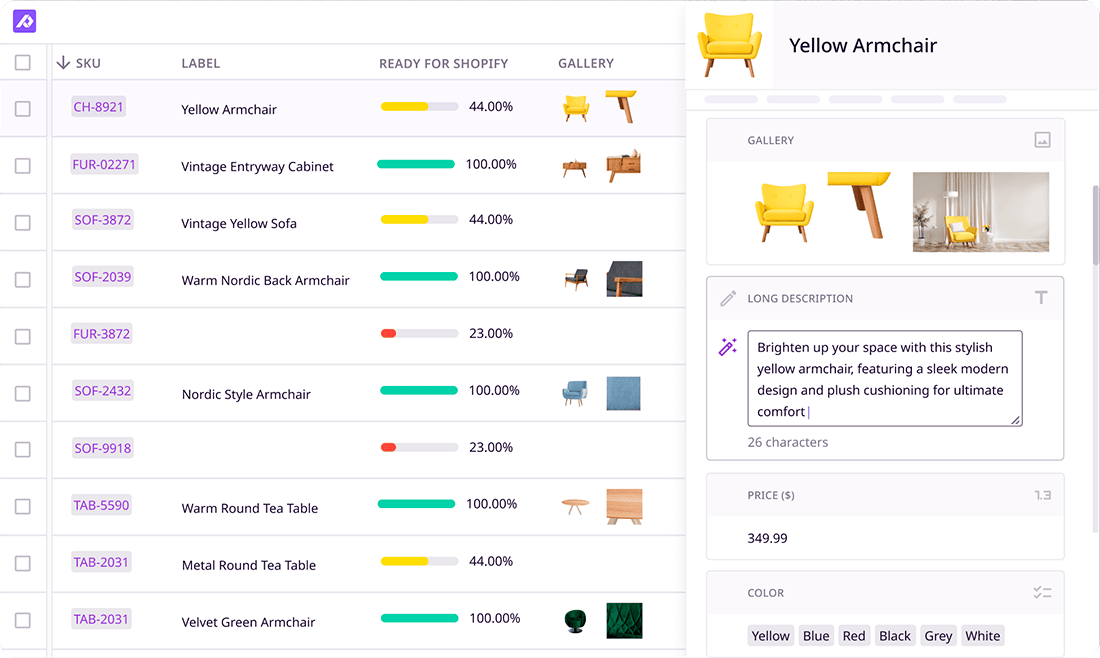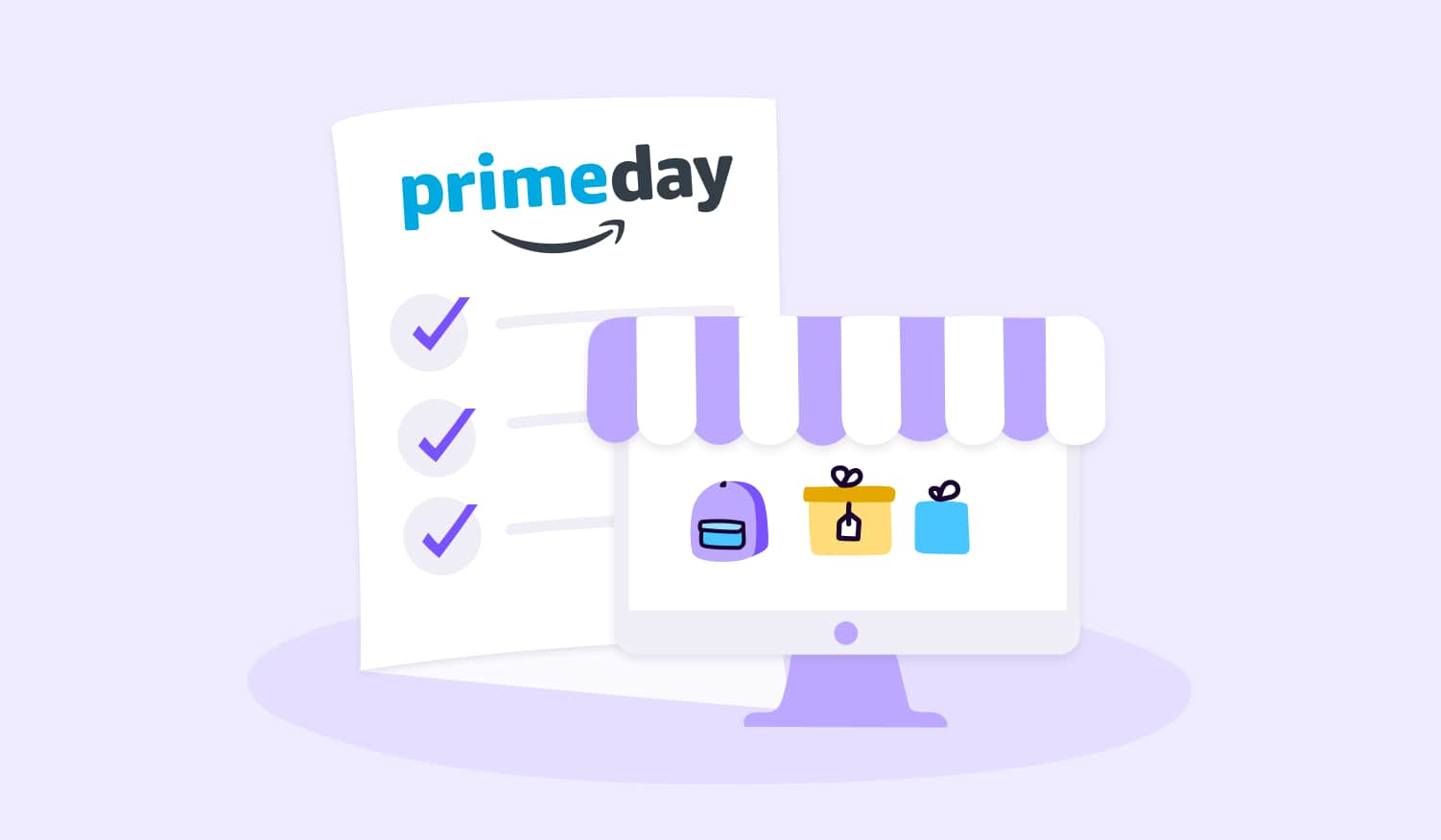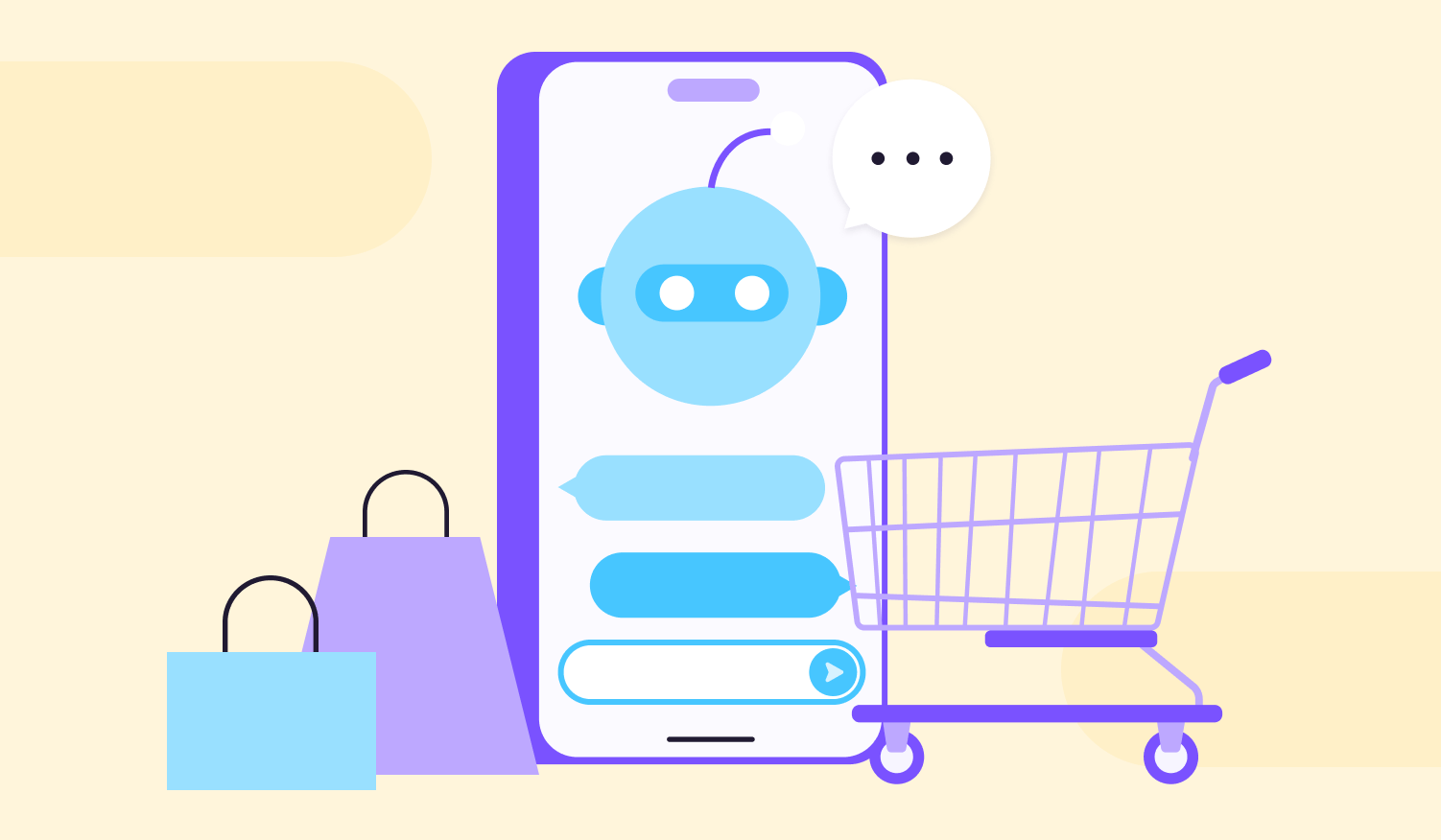Benefits of Tracking User Behavior Analytics on Your Ecommerce Website
Keep the good stuff coming
Subscribe to our blog newsletter and get monthly content that helps you manage product data smarter.
No spam. Just real value.
Every store owner knows how fierce the competition is in the online landscape.
With the number of new online shops that keep popping up, customers have endless possibilities to expand their search for products they need. To support that, NetElixir found that 73% of customers have no issue trying out a new brand.
Shopping trends also indicate a rapid rise in mobile commerce (m-commerce) and social commerce, which further intensifies the competition. According to statistics, smartphones accounted for almost 70% of all retail website visits worldwide last year. All of this tells us a story about customers' changing shopping habits.
But shopping habits aren't the only commonality amongst shoppers. What sets them apart is their unique behavior when they interact with ecommerce websites.
This is called user behavior.
What is user behavior?
User behavior is all about the actions customers take when they’re on your web store. This includes clicks, how much time they spend on various pages, which pages they get stuck on, and where they exit. You can study this via UBA.
Ok, so what is user behavior analytics (UBA)?
User behavior analytics (UBA) refers to data analytics that shows you insights into the actions that prospects and customers take when interacting with your shop.
It digs a little deeper than traditional analytics as you get to see three key aspects of user activity that matter the most in ecommerce:
- Drivers — the content that brings traffic to your web store
- Barriers — the content that makes customers leave your web store
- Hooks — the content that encourages them to convert
These aspects will help you to better understand your performance.
By now, you know that customers want an exceptional UX experience.
To give it to them, you need to know what they’re looking for. And to know what they’re looking for, you need to know who they are. That’s where user behavior analytics comes in. This form of analytical tracking helps you to do the following:
1. Understand target customers better
Analyzing the browsing behavior of your web store visitors is an important aspect of ecommerce. The drivers, barriers, and hooks, as mentioned above, provide you with useful information on what customers like and dislike. They also show you where in the customer journey they get stuck, confused, or frustrated.
2. Identify performing and under-performing pages
When you track behavioral flow data, you’ll learn about the path customers take from one page to the next. This you can see in Google Analytics’ behavior flow report. According to Google, behavior flow answers questions such as:
- Did users go straight from product pages to checkout without any additional shopping?
- Is there an event that is always triggered first? Does it lead users to more events or more pages?
- Are there paths through your site that are more popular than others, and if so, are those the paths that you want users to follow?
Ecommerce product analytics will help you see which pages your users engage with the most or the least. It’s also helpful in identifying potential content issues.
3. Find out why customers are abandoning your site
The average online cart abandonment rate is 69.80%, and you have to agree that is a very high percentage. Sure, it might be comforting to know that other web shop owners go through the exact same thing you do, but there are several reasons why customers abandon the items in their virtual carts. Most of them have to do with your checkout process, and others are related to your content.
Until you track behavior to get user data, you won’t know why people are leaving your website. Through sessions recordings or heatmaps, you can find out about customers' pain points that drive them to abandon your site. Once you know what the problem(s) is, you can remedy it and reduce your abandonment rate.
Session recording is a tool that records a single customer’s session on your site to see how they interact with it, how they travel throughout the funnels, and where they drop off. On the other hand, a heatmap tool tracks how far customers scroll through one of your pages. This shows you which buttons they click on.
There are many session recording and heatmap tracking software available for small to medium-sized businesses; some are free, and some are paid for.
4. Increase conversions
According to McKinsey, organizations that leverage customer behavioral insights outperform peers by 85% in sales growth and more than 25% in gross margin.
Once you track, learn, fix and optimize your ecommerce store, your conversion rate is more than likely to increase.
5. Understanding purchasing behavior
Your customers are different yet similar in many varying ways.
They all come to your web store looking for something to buy or at least consider buying at some point. They will scroll through many product pages, and view various products before deciding on buying specific products. What they end up buying and how often they buy are two of the most important insightful patterns to study. Once you understand customers' buying behavior, you’re able to optimize your site to create more personalized shopping experiences.
As you can see, user behavior analytics gives you a full picture of customers’ preferences, and the challenges they encounter in your ecommerce store. Once you identify the content issues your customers and prospects are facing, you can correct them. A product catalog management tool can help you with that.
Plytix, for instance, can ensure that your content is good enough to attract traffic and engaging enough to foster engagement that leads to conversions.
Brush up your ecommerce content with Plytix PIM
The information available on your web shop influences a customer or prospect’s behavior when they land on your store. If your site has the information they need, customers will be encouraged to stay longer, engage with your products and make a purchase if the products match their interests or serve their needs.
That’s where Plytix comes in. Our product information management (PIM) system helps you optimize all content, from product title to product descriptions, images, videos, and technical specifications, to ensure that it resonates with your visitors. With us, you can optimize your content properly and say goodbye to content-related page drop-offs because your content will be high quality!
Our intelligent tool is the best PIM for ecommerce businesses because it simplifies how you manage your product database for your online store. It organizes every product content you use in one single location, so all you have to do is distribute the content to your web store and other sales channels you sell from.
Contact us at your earliest convenience and book a FREE demo with us to learn more about how Plytix can help you manage your content!
What is User Behavior Analytics in Ecommerce?

What if your product data actually worked for you?
We’ll show you how Plytix helps you stop fixing data—and start using it.
Related posts
Keep the good stuff coming
Subscribe to our blog newsletter and get monthly content that helps you manage product data smarter.
No spam. Just real value.





Think others should see this?
Go ahead and share it.